8 Up-And-Coming Wine Regions In The U.S. Slideshow
"Idaho has been on the verge of coming into its own regarding wine production for several years," says Kathryn House, the owner and oenologist of Wine Wise Idaho, a wine education, analysis, and consulting company. She says it's because winemakers and growers are moving from the more established western wine regions (California and the Pacific Northwest) back to the "wild west." "This influx of knowledge, hard work, and a desire to learn about Idaho's unique terroir, along with the talent of great farmers and established producers seeking to work together to improve quality and explore have really pushed the industry forward," she says.
What kind of wines can you expect to find in Idaho? The good news is that a wino with a big palate will find just about every varietal they love: intense, aromatic white varieties such as riesling, viognier and gewurztraminer as well as red varieties such as syrah, malbec, mourvèdre, and tempranillo, says House. She says certain wineries, like Colter's Creek, Clearwater Canyon, and Lindsay Creek express the distinct terroir of the northern region. But in the Boise area, "urban" wineries like Coiled, Cinder, Telaya, and Syringa are also producing diverse, quality wines. Some of the larger wineries, like Sawtooth Winery, are being recognized nationally for its wines; for example, Wine and Spirits named Sawtooth's 2011 Riesling a "US Best Riesling" in August 2012. A riesling from Idaho? We can't argue with that. "Whatever your palate, there's an Idaho wine that can suit your taste — but half the fun is trying them all!" says House.
Long Island, N.Y.
The Finger Lakes region isn't the only wine region in New York feeling the love: Long Island wineries are getting their due respect. Long Island was recognized as one of the Top 10 Travel Destinations for 2013 by Wine Spectator, and its wines are becoming more well-known outside of the state. It's thanks to the rising popularity of merlot, says Elizabeth Schneider, a certified sommelier and wine specialist, and the creator and host of the popular Wine for Normal People podcast and blog. Because Long Island shares some climatic similarities to Bordeaux, the merlot from Long Island stands out for its spicy flavors, bright acidity, and subtle tannin. (Bedell Cellars' merlot was the first New York wine to be served at a Presidential Inauguration celebration.) "As the U.S. distaste for merlot gets righted — such a wrong, thanks, Sideways! — Long Island's star is going to rise higher," she says. Other notable wines from the region are its cabernet franc and cabernet sauvignon, and even some sparkling wines and chardonnay, but it's all about the merlot from this almost-Europe wine destination.
And it's not just the North Fork of Long Island that has winos excited. "The North Fork of Long Island is the mini Napa Valley of New York state," says Samantha Shaw, assistant sommelier at Restaurant Latour in Crystal Springs, N.J. "[The North Fork] at times [is] reminiscent of Highway 29 in the summertime; one highway with a single lane in both directions boasting 50 to 60 vineyards all right next to each other. But hop on the ferry that takes you across the sound back to the South Fork and you find yourself in a completely different wine-o world." What you'll find there: Wölffer Estate Vineyard, known for its rosés ("it's become the 'wine of the summer' in the Hamptons, and for good reason"), and Channing Daughters Vineyard, known for its innovative rosés and rosatos.
Of course, Long Island and the Finger Lakes have boosted New York state as a wine region as a whole. "The wines of New York state have always struck me as intriguing, complex, food friendly wines," says Scott Waller, sommelier and beverage manager at Whiteface Lodge in Lake Placid, N.Y. "The range of expression is stunning as well. There are light refreshing styles, shown in mineral driven white wines that are challenging some of the best wines of Germany, and France. Red wines from New York have the ability to pair with food wonderfully. They tend to be less deeply extracted, and have palate-refreshing characteristics. This style allows the food to shine through, supported by the wine, not overtaken by it."
New Jersey
When The New York Times declares the days of "Springsteen, Snooki, industrial pollution, the mob" in New Jersey over and decrees the Garden State as the new Napa, you pay attention. "New Jersey winemakers refuse to be put down," says Shaw. They understand the hardships in appealing the wine world, but have found a place in the hearts of the locals." What makes New Jersey wines different from its Californian cousins, or its New York siblings, is that its winemakers have embraced the climatic challenges to make better wine. New Jersey soil is very similar to that in Long Island, says Shaw, but has some diversity in both geography and geology that makes for a diverse winemaking set. "Most winemaker's in New Jersey are not trying to make the bold cabernet sauvignons that are coming out of California, or the overly oaked chardonnays," says Shaw. "Rather, they are aware of their temperamental climate and their varied soil compositions throughout the state. What they grow here is unlike most wines coming from anywhere else."
The New Jersey wineries that are making big waves coast to coast? Shaw shared her favorites: Unionville Vineyards, for its Bordeaux blends ("In a blind tasting, it would be truly hard to decipher between a young New Jersey blend, and young Bordeaux") and viogniers; Ventimiglia Winery, for its "hybrid wines" and merlot; and Hawk Haven for a gewurztraminer "that is comparable to any gewurztraminer from Alsace, France." It's clear that New Jersey wines are here to stay.
Walla Walla, Wash.
Walla what? Of course, no one is immune to the rising star power of Washington wines, Williamette Valley and Columbia Valley being two of the most well-known wine regions in the state. "It's a warm weather area that specializes in bold reds like merlot and syrah," says Schneider. "This is probably the highest quality red wine area in the state and certainly the most 'organized' and poised to make a big marketing play to get their wines out to those of us in the rest of the country." That means some very promising cabernet and malbecs from the region. But one particular part of Walla Walla is certainly making the region stand out — the rocks section. "The Rocks section is the remains of an ancient river bed from after the last ice age," says Doug Zucker from Stew Leonard's Wines. "The river carried rocky debris from glacial melt, and as the river dried up dropped them to the ground. The stony soil today is very reminiscent of Chateauneuf-du-Pape. Wines from The Rocks region are vastly different from the rest of Walla Walla and Washington as a whole: hugely aromatic aromas of bloody meat, bacon (yes those are two good things!), iodine and quite rich-tasting."
Cleveland's Pier W's level two sommelier, Kliment Stevoff, says Walla Walla is one of the top regions in the U.S. (outside of California) for syrah, merlot, and cabernet sauvignon. "This region produces some concentrated and lush red wines that are beautifully balanced," he says. "Some of my favorite wineries are K-Vitners, L'Ecole, Northstar, and Leonetti."
Paso Robles, Calif.
Consider Paso Robles, Calif., the underdog in the California wine world — but not for long. "Unlike Napa and Sonoma, Paso Robles is still growing and experimenting," says Zucker. What the region also has to its advantage is its climate: Zucker explains that Highway 101 splits the area right down the middle — east of the highway is hot and mostly flat, west of the road are the mountains that funnel the cooler breezes off the Pacific. "For most of its wine history (1880s onward) it was zinfandel planted by Italian immigrants on the hotter east side," he says. "Today the most exciting wines are coming from the cooler slopes of the west." One of those wineries doing unexpected things? Villa Creek Cellars, known for its Rhône and Bordeaux blends that Wine Spectator regularly scores in the 90s.
Michigan
Michigan may be the fastest-growing wine region in the country: Michigan's wine grape acreage has doubled within the last decade, according to a recent report by the U.S. Department of Agriculture. And overall, acreage of wine grapes increased from 1,300 to 2,650 acres. Michigan has already established itself as a wine destination, and 2012 will certainly further the state's premier status, said Paolo Sabbatini, Michigan State University assistant professor of viticulture in a release about the state of Michigan's wines. Despite some hard climatic challenges (80-degree temperatures followed by a freeze) that hit the state's fruit crops hard, the grapes flourished. "The quality of grapes last year was exceptional, perfect ripening conditions of the fruit allowed several grape varieties to perfectly express all their varietal characteristics," he said. "Much of the fruit harvested last year will produce reserve-quality wine."
"Michigan is still emerging as a premium wine region," says Zucker. "The vineyards need the proximity to the great lakes to moderate the extreme cold of the Michigan winters. So far they are having most success with cool-climate aromatic white grapes: riseling, pinot gris, chenin blanc." We'll be on the lookout for more Michigan wines.

